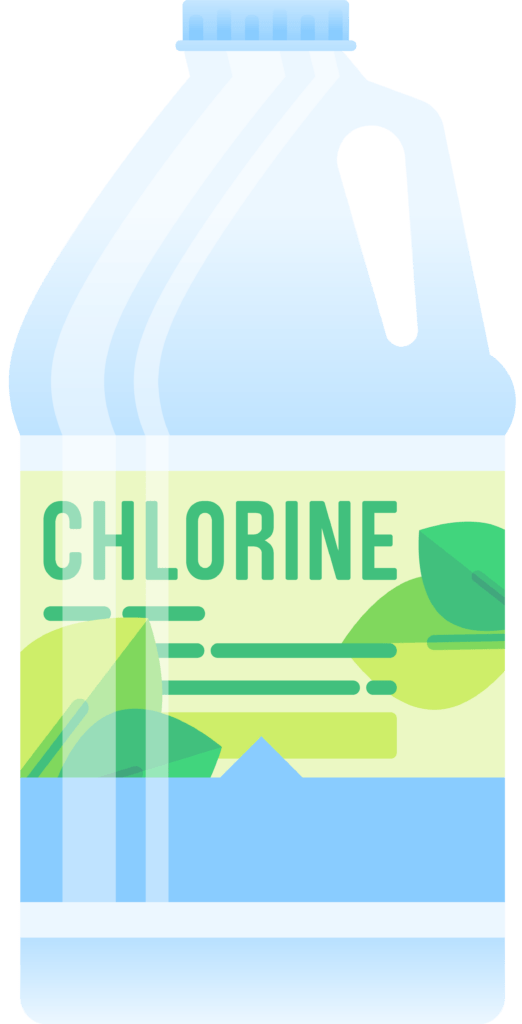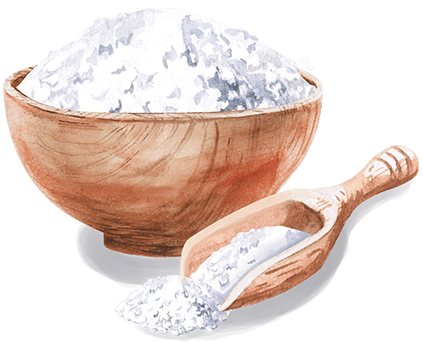Draining your hot tub is essential to routine maintenance, but the big question is—what happens when you drain that water onto your lawn? You might think that your grass will welcome the extra moisture, but there are a few factors you need to consider before taking this approach. In this blog post, we’ll dive into whether it’s safe to drain your hot tub water on grass, how chemicals and pH levels come into play, and what you can do to protect your lawn and the environment.
Why Draining Matters
Draining your hot tub every few months is necessary to maintain water cleanliness and equipment health. The buildup of chemicals, oils, and minerals can reduce your hot tub’s efficiency, leading to potential damage over time. However, before releasing this water into your yard, assessing its impact, especially on your lawn, is critical.
1. Chemicals in Hot Tub Water: The Silent Lawn Killer
If possible, avoid draining saltwater directly onto grass. Instead, direct the water toward a gravel area, sandy soil, or areas without vegetation. If you must drain onto your lawn, do so in small amounts and follow up by heavily irrigating the area with fresh water to dilute the salt concentration.
The primary concern when draining hot tub water onto grass is the presence of chemicals like chlorine and bromine. These chemicals are essential for keeping your hot tub water clean but can harm plant life. High chlorine concentrations can cause leaf burn, browning, and even kill grass and other plants. Bromine, while less commonly discussed, can have similar negative effects on vegetation if not properly diluted.
To reduce the risk of damage to your lawn, it’s important to stop adding chemicals to your hot tub a few days before draining the water. This allows the chlorine or bromine levels to decrease naturally through evaporation. Using water testing strips will help you verify that the chemical levels are at or below 1 part per million (ppm), which is typically safe for plant life.

2. Is It Safe to Drain Saltwater Hot Tub Water on Grass?
Saltwater hot tubs are another popular option, but draining saltwater onto your lawn presents its own unique challenges. Unlike chlorine, salt does not evaporate, and when it accumulates in the soil, it can cause significant damage to grass and plants.
- How Salt Affects Grass:
Salt in the soil dehydrates plant roots by drawing water away, causing the grass to turn brown and die. Over time, salt build-up can create long-term damage to your lawn, as it interferes with nutrient absorption and soil structure.
- Best Practices for Draining Saltwater:
If possible, avoid draining saltwater directly onto grass. Instead, direct the water toward a gravel area, sandy soil, or areas without vegetation. If you must drain onto your lawn, do so in small amounts and follow up by heavily irrigating the area with fresh water to dilute the salt concentration.

3. The pH Level Dilemma
Another factor to consider is the water’s pH level. Plants, including grass, prefer a slightly acidic to neutral pH range of around 6.0 to 7.0. On the other hand, hot tub water may have a higher or lower pH, depending on how it’s maintained. According to research, water with a pH too far outside this range can disrupt the delicate balance in your soil, potentially harming your grass and other plants.
Before, ensure your water’s pH falls between 6.5 and 7.5. You can adjust the pH using over-the-counter pH balancers, which are easy to apply and monitor. Proper pH-balanced water will protect your grass and help prevent soil degradation.
3. Hot Tub Water Temperature: Cooling it Down
Hot tub water is designed to be warm—usually between 100-104°F—which can be a problem for your lawn. Grass can suffer from heat stress, especially if the water is still hot when you drain it. Draining warm water onto your lawn can cause the roots to scorch, leading to brown patches or dead grass. The USDA notes that excessive heat in soil can lead to root damage and increase evaporation rates.
Allow the water to sit for at least a few hours (or overnight) before draining it onto your lawn. This will prevent scalding and reduce water loss through evaporation, helping your lawn absorb more moisture.
4. Water Volume and Soil Saturation
The average hot tub holds between 300 to 600 gallons of water, depending on its size. Rapidly draining all of this water can cause soil erosion, flooding, and waterlogging. When soil becomes oversaturated, it restricts the grass roots’ ability to absorb oxygen, leading to unhealthy, patchy lawns.
To avoid overwhelming your yard, drain the water slowly or in stages. Attach a garden hose to the drain valve to control the water flow, allowing it to disperse gradually over a larger area. You can also redirect the water to areas better equipped to handle extra moisture, such as trees or garden beds.
The Best Drainage Spot for Your Lawn
If you plan to drain your hot tub onto grass, choose a spot that can handle the water without risking oversaturation or damage. Low-lying areas or spots that already collect water aren’t ideal for draining hot tubs. Directing the water to a rain garden, gravel area, or flower beds could be a better option.
You can install a dry well in your yard, a pit filled with rocks to help water drain and disperse into the soil without causing erosion or oversaturation.
Alternatives to Draining on Grass
- Sewage Drains:
In many municipalities, draining hot tub water directly into the sewer is an option, but you should check local regulations first. You may need a specific connection or setup to prevent contaminants from entering the sewer system.
- Storm Drains:
Some areas allow storm drain disposal, but it’s critical to check local rules. Stormwater systems are designed for rain, not chemical-laden hot tub water, so you may need to filter the water first to remove any debris and residual chemicals.
- Using Water for Irrigation:
If your water has low chemical content and is pH balanced, you can repurpose it for irrigating non-sensitive plants, shrubs, or trees. Be cautious about using hot tub water in vegetable gardens, as even low levels of chemicals could affect growth and safety.
Conclusion: Is It Safe?
Draining your hot tub water onto grass can be safe, but only if done correctly. You can minimize the risk of damaging your lawn by reducing chemical concentrations, ensuring a balanced pH, cooling the water, and controlling the drainage flow. If you’re unsure or want to err on the side of caution, consider alternative disposal methods to protect your lawn and the environment.
Remember, proper maintenance of your hot tub and yard can go hand in hand. If you have any questions about maintaining your hot tub or need more advice, contact us at Love’s Hot Tubs. We’re here to help you enjoy the best hot tub experience while keeping your yard healthy and vibrant!
References:
- U.S. Environmental Protection Agency. (2021). Chlorine Environmental Impacts.
- USDA. Drought Resistant Practices.
- University of Massachusetts Amherst. (2022). Water Quality: pH and Alkalinity.
- National Library of Medicine. (2023). Effects of Heat Stress on Plant-Nutrient Relations: An Update on Nutrient Uptake, Transport, and Assimilation
- Today’s Homeowner. (2024). How to Improve Your Yard’s Drainage.
- N.C. State Extension Publications.(2022) Water Quality and Professional Lawn Care.
- EPA United States Environmental Protection Agency. (2024). Reusing Water for Landscaping Resources.

